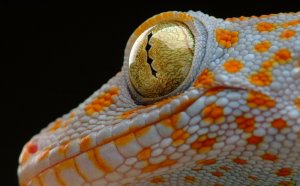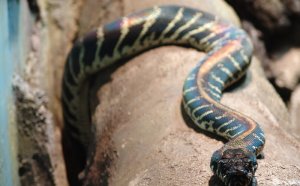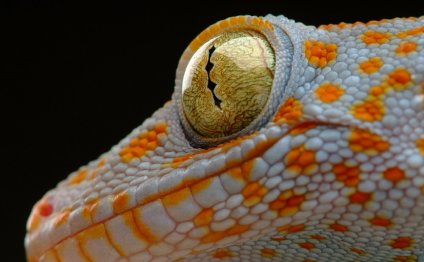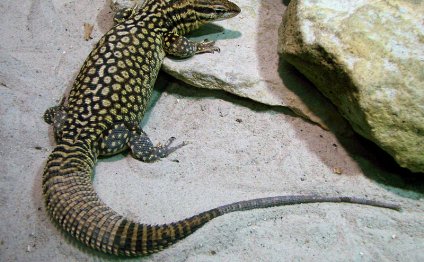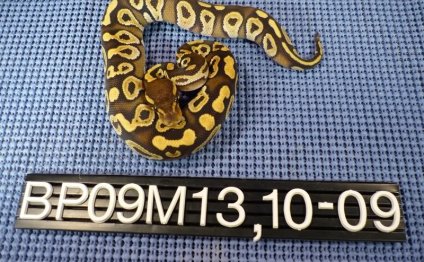
Best snakes to have as a pet
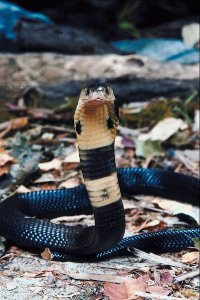
While some snake species can live long, problem-free lives in captivity and be docile pets, others make awful captives. Cobras, rattlesnakes and other venomous species are no-brainers, but even some snake species often kept by pet owners make terrible pets. Some have nasty dispositions, require food that is difficult to procure, or quickly grow far larger or need more space than the average hobbyist can cope with. Some of the worst snakes as pets present all of these difficulties.
African Rock Python (Python sebae)
Several factors combine to make African rock pythons poor pets. These pythons can reach 20 feet or more in length. They require lots of the foods that are appropriate for such a large snake, such as chickens and rabbits. Their disposition can best be described as irritable, which can make keeping an African rock python as a pet an exceptionally scary proposition. African rock pythons in the international pet trade are either wild-caught or, at best, captive hatched animals, which introduces problems with disease and parasites.
Reticulated Python (Python reticulatus)
As the record holder for length among all snakes, the reticulated python is particularly ill-suited to captivity. While most captive specimens will be about 12 to 14 feet, the largest verified individual measured 32 feet 9 inches long. In their wild habitats in mainland Asia and the Philippines, they are feared for killing farm animals and their ability to kill humans. These snakes are most active at night. While this is not a snake that should be kept by hobbyists because of the danger, numerous breeders work with this species despite their great size, and offer several color and pattern varieties.
Boa Constrictors (Boa constrictor ssp.)
Boa constrictors often have rather benign dispositions, but if a boa's attitude changes, she is capable of delivering a serious bite. Reaching up to 13 feet long, boa constrictors are native to the tropical forests of Central and South America. In captivity, boas must have a reasonable facsimile of their natural habitat, which a pet owner will find difficult to provide on a large scale.
Burmese Python (Python molorus bivittatus)
The Burmese python is one of the most commonly kept captive snakes, despite a mature length of at least 20 feet. These pythons reproduce readily and prolifically in captivity, depositing up to 100 eggs per clutch. The result of this mass production is that thousands of people who take on young Burmese pythons as pets end up with snakes that are too large, and they release them into the wild. In areas like Florida's Everglades, these huge snakes have established invasive breeding populations despite efforts to control them.
Green Anaconda (Eunectes murinus)
The green anaconda presents many of the same problems in captivity as other large constrictors do: They are irritable, require huge amounts of food, and achieve enormous size. This is the heaviest snake species, with recorded weights of up to 485 pounds. Setting aside immense size, caring for an anaconda is very difficult and expensive. These snakes spend much of their time in the water, and require very large water tanks in their enclosure, which are difficult to maintain.
RELATED VIDEO



Share this Post
Related posts
Colorful lizard
A very large species of chameleon that is endemic to forests in eastern and northern Madagascar. They reach up to 68 cm (27…
Read MoreSnakes to have as pets
So, you ve decided to get a pet snake and now you re wondering which kind of snake to get. If so, I promise you will find…
Read More